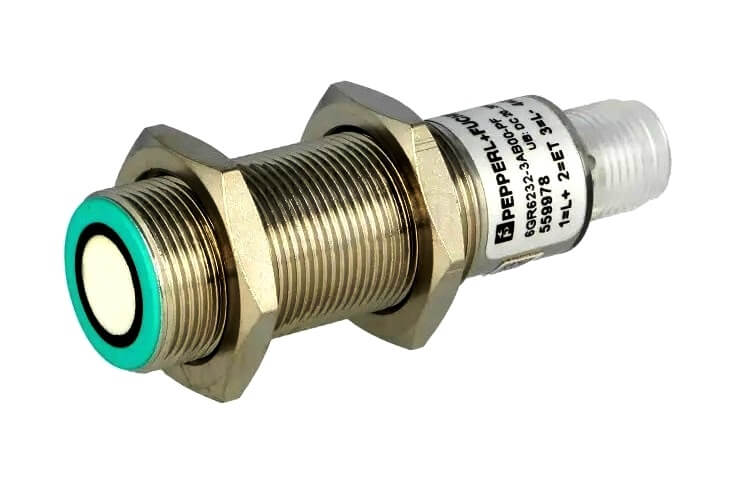What does a production line, a modern car’s bumper, and an automated car wash all have in common? Answer: they’re almost certainly all fitted with ultrasonic sensors.

Able to be packaged so tightly these days that it will fit on the tip of a finger, an ultrasonic sensor is in fact any device that uses high-frequency ultrasonic waves to measure distance.
Without getting too technical, a transmitter sends out the wave, a receiver picks up the echo once it bounces back off an object, and the rest of this simple and yet ingenious technology calculates the distance for a range of highly useful purposes that all make life easier and safer for just about everyone. You could say it’s our way of learning from how bats and dolphins use echolocation to find their way around.
It’s slightly inaccurate to surmise that ultrasonic sensors are simply about measuring distance – actually, the main purpose is to sense proximity. It’s why you hit the brakes when parking your car when that crash alarm sounds. It’s how robots make their way around without bumping into objects, and it’s how industry monitors levels of things like liquid and grain.
We believe there are 5 key ways in which an ultrasonic sensor works:
If your car is fairly modern, it’s very likely to be fitted with ultrasonic sensors in the bumpers to help you avoid dings and easily park.
The future of ultrasonic sensor deployment in automation, though, is clearly fully autonomous driving, with a network of smart sensors working in brilliant harmony to potentially wipe out the phenomenon of road fatalities by detecting 360-degree proximity in the road and surrounding environment.
It’s all built on the foundation of highly reliable and accurate ultrasonic sensor technology, which will eliminate the concept of “blind spots” permanently.
While the self-driving car is monitoring objects and environments in a highly sophisticated way, the way that your bumper’s crash detection system works is similar. Basically, it’s got one job to do – springing into action with an alarm when another car or the parking lot wall gets too close.
From the road to the factory floor, we now move on to diameter detection – another fundamental way in which ultrasonic detection works. Take a printing press: these machines are fitted with ultrasonic sensors that monitor the diameter size of the paper rolls that are destined to become newspapers.
Once the diameter is sufficiently small, the fully automated modern printing press will switch from one paper roll to the next, saving time and labour and boosting productivity by reducing downtime.
As you can imagine, it’s this sort of sensor technology that is making production so efficient across the industry spectrum. Because of the ultrasonic sensor’s accuracy, it is able to monitor even the tiniest deviation from the ideal level of tension in conveyors, cables, and wires.
It’s useful for detecting faults or deviations not detectable to the naked eye, helping to keep equipment in top-notch running order.
Anyone involved in food production will know that “levels” is a true industry keyword. Whether it’s levels of liquids or levels of grain, ultrasonic sensors will let the operators or the associated systems know when something needs a top-up, or something is about to overflow.
Just about everywhere you look in the modern world, both inside and outside and often in the harshest of operating conditions, ultrasonic sensors are playing key roles that make life safer, faster, easier, smarter, and more reliable, efficient, productive, and profitable.
The conveyor sorting machine is widely used in the packing industries using the PLC program…
Learn the example of flip-flop PLC program for lamps application using the ladder logic to…
In this article, you will learn the STAR DELTA programming using PLC controller to start…
Lube oil consoles of rotary equipment packages in industrial process plants are usually equipped with…
Rotating equipment packages such as pumps, compressors, turbines need the lube oil consoles for their…
This article explains how to blink lights in ladder logic with a detailed explanation video…